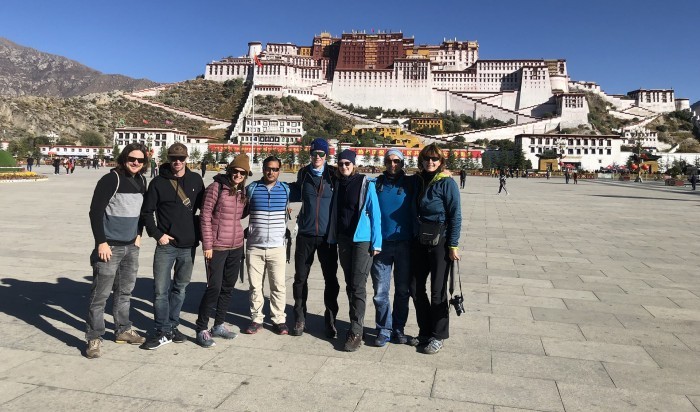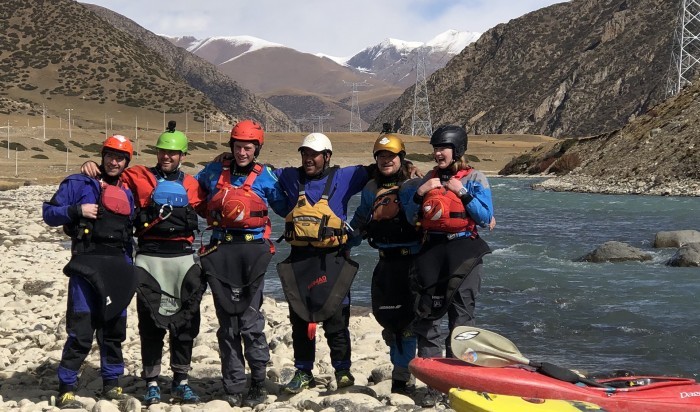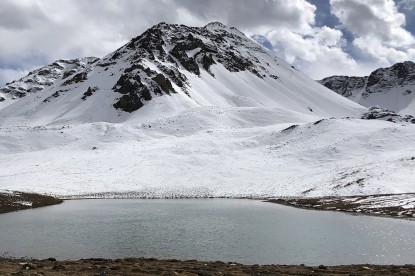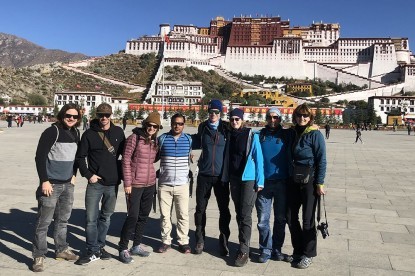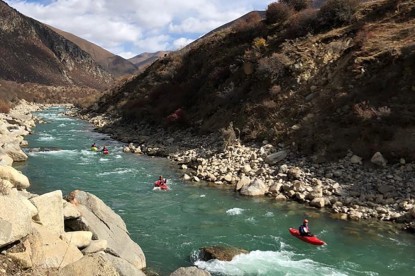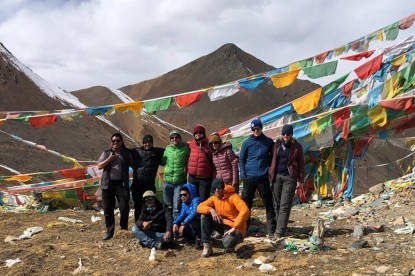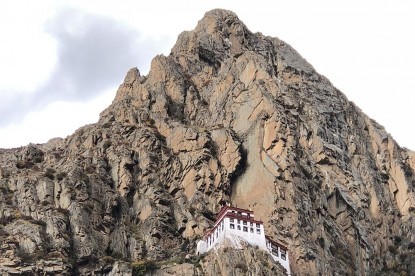About Culture, EBC & Kayaking/Rafting Trip to Tibet
Five rivers and Mt Everest Base Camp visiting and paddling on Rong Chu for two nights, three days Rong Chu river runs through Everest base camp. After paddling three days downstream from EBC we will continue our journey to the Nepalese border back to Kathmandu and you will fly home from Nepal.
Culture, Rafting, and Kayaking
From most descriptions of Tibet, it is hard to believe that Tibet is home to a large number of spectacular rivers. Mt Kailash, in the west of Tibet, is the source of the subcontinent’s four greatest rivers: the Ganges, Indus, Sutlej, and Brahmaputra. In the east, the forested land of Kham is home to the source of the Mekong and the Yangtse, the 2 largest rivers in East Asia. In the summer months, regular rains swell Tibet’s rivers and the result is a surprising number of world-class rafting and kayaking rivers.
Adventure Hub Nepal (AHN) has partners in Tibet to organize all the official permits to operate rafting and kayaking trips. We employ international guides who work alongside our Tibetan guides to ensure a very high standard of safety, service and cultural experience. We also run a variety of trips that combine some of the striking cultural visits in our general catalog with rafting and camping in areas of overwhelming beauty. We also have the ability to suggest, guide and handle logistics for first descents by experienced kayakers or rafters.
Safety and Experience
All our international guides are trained in wilderness first aid and river rescue. Our international rafting guides and safety kayakers have extensive experience running challenging whitewater expeditions in the Himalayas and elsewhere. Expert safety kayakers are used on every whitewater run. Ram Bhandari is your trip leader who has had over 20 year’s experience in guiding, instructing and managing rafting and other outdoor adventure operations around the world. All clients are provided with international standard safety equipment including a full wetsuit, helmet and buoyancy vest. We use state of the art rafts, kayaks, and equipment.
When we design your itinerary, we consider seasonal weather patterns, water levels and temperatures, altitude, accessibility, as well as surrounding scenery and cultural sites to ensure that you have the best possible experience in Tibet.
Travel to Tibet
- Fly to Chengdu (in China) from your home country and then Chengdu to Lhasa.
- End of the trip, fly back from Nepal Kathmandu international airport to your home country.
- Optional: to fly back from Lhasa to Chengdu and Chengdu to your home country.
This is a suggestion if you decide to go through Nepal to Tibet you will need three days extra in Kathmandu before the trip to apply for the Chinese visa and Tibetan permit.
Note: You can buy air tickets from your home country to Chengdu and from to Lhasa and return Kathmandu Nepal international airport. It might be cheaper for people to buy tickets this way. If people are keen to go via Nepal then you need to talk to AHN about the ticket from Kathmandu to Lhasa return because we have to stay three days in Kathmandu get our Chinese visa and Tibetan permit.
Fixed Departure: 18th August to 6th September 2023/24
